Green energy transmission’s hidden opportunity
Reducing carbon emissions: The question we need to keep asking

“
This is a win-win-win-situation – not only for the three partners, but for society as whole.
Amprion: Investing to integrate renewable energies into the grid

“
We all want to become carbon-neutral, and we all have to.

Siemens Energy’s production facility in Nuremberg: Maxing out on efficiency

thyssenkrupp: Carbon-reduced steel through direct reduction

“
The potential is enormous – the German steel industry accounts for seven percent of the country’s entire CO2 output.

The whole value chain profits from reduced emissions




